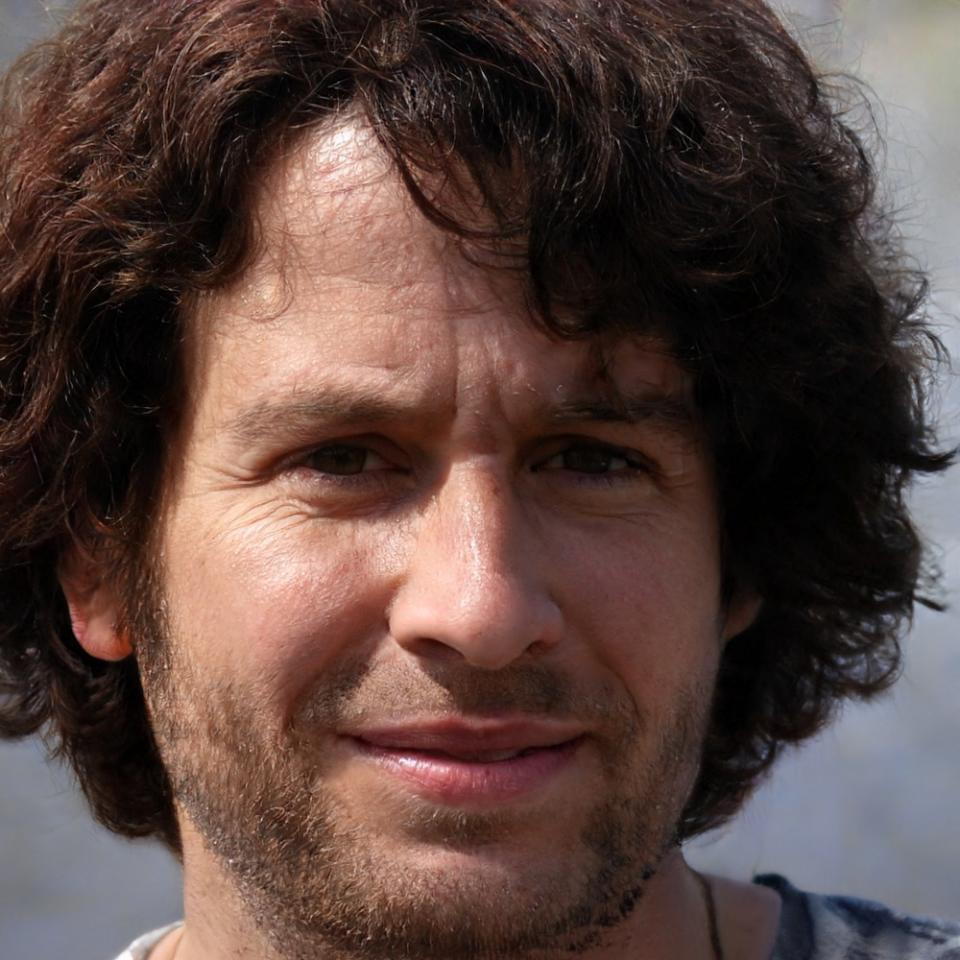Start With Observation
Before diving into strategies, we spend significant time just looking at data. Learning to see patterns takes patience and repeated exposure.
Our approach combines structured analysis with real market scenarios. We don't promise instant expertise—instead, we focus on building genuine analytical skills through careful observation and practical application.

Lead Instructor, Market Analysis
Tobias spent twelve years working in equity research before shifting to education in 2019. He's particularly interested in how small investors can spot patterns that larger institutions often overlook. His teaching style is conversational—he prefers breaking down concepts through discussion rather than lecturing.

Instructor, Technical Patterns
Anouk brings a background in data visualization to financial education. She's worked with several fintech startups helping them present complex market data in accessible ways. Her sessions focus on visual pattern recognition and understanding what charts actually tell us—and what they don't.
Before diving into strategies, we spend significant time just looking at data. Learning to see patterns takes patience and repeated exposure.
A pattern in isolation means very little. We examine market conditions, sector performance, and broader economic factors that influence what you're seeing.
All our exercises use actual market data from Australian and international exchanges. You'll work with the same information professional analysts use.
Pattern recognition isn't something you learn from a textbook. It develops through consistent practice—looking at charts, tracking trends, and comparing what you predicted against what actually happened.
We structure our program around weekly analysis sessions where participants review market movements together. This collaborative approach helps you see patterns you might have missed on your own.
By the end of the program (typically running from September through December 2025), most participants feel comfortable conducting basic trend analysis independently.

Our methodology breaks down into four interconnected areas. Each builds on the others, and we revisit these themes throughout the program as your understanding deepens.
Understanding what different data points represent and how they relate to each other. We cover price movements, volume patterns, and timing indicators that professionals watch.
Learning to identify recurring formations in price charts and trading activity. This includes both classic patterns and emerging trends specific to modern markets.
Every pattern comes with uncertainty. We focus heavily on understanding probability, position sizing, and knowing when your analysis might be wrong.
Taking what you've learned and applying it to real investment scenarios. This includes portfolio construction, timing decisions, and adapting to changing market conditions.

Theory is one thing. Actually using these skills requires a different kind of understanding. Here's how participants typically progress through the material.
You'll spend the first month getting comfortable with financial data and basic chart reading. This phase feels slow to some people, but it's essential. We're building pattern recognition skills that you'll rely on later.
Now we start looking for specific formations—support and resistance levels, trend channels, breakout setups. You'll analyze dozens of examples and start building your own watchlist of interesting patterns.
The final phase brings everything together. You'll work on complete analysis projects, present your findings to the group, and receive feedback from both instructors and fellow participants.

Tobias Kjeldsen
The biggest shift happens around week six or seven. That's when participants stop asking what patterns to look for and start bringing their own observations to the discussion. That's when I know the methodology is clicking.
View Program Details